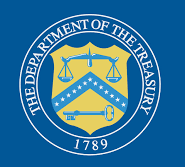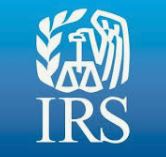
2 Million More Economic Impact Payments Disbursed Under The American Rescue Plan; Continuing Payments Reach Approximately 163 Million
The Internal Revenue Service, the U.S. Department of the Treasury, and the Bureau of the Fiscal Service announced they are disbursing nearly 2 million payments in the seventh batch of Economic Impact Payments from the American Rescue Plan.
Today’s announcement brings the total disbursed so far to approximately 163 million payments, with a total value of approximately $384 billion, since these payments began rolling out to Americans in batches as announced on March 12.
The seventh batch of payments began processing on Friday, April 23, with an official payment date of April 28, with some people receiving direct payments in their accounts earlier as provisional or pending deposits. Here is additional information on this batch of payments:





























Recent Comments